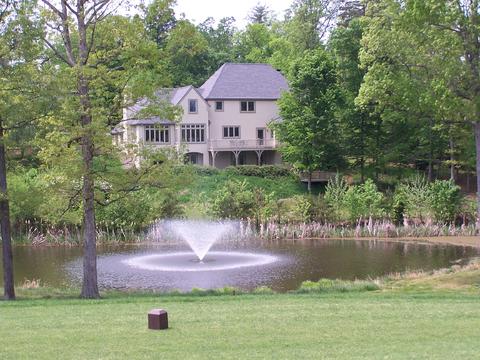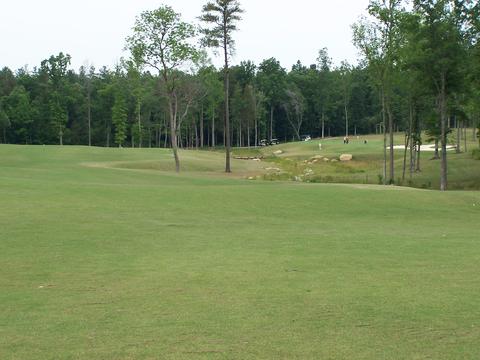I have heard it time and again in the last year. People who have retired to Florida and other warm climates have decided they can't stand the heat. These bounce backs, or half backs as they are known because they started north, went all the way south and now are bouncing halfway back, say they have just tired of year-round heat. "We want a four-season climate," most say, typically adding "but not severe winters."
It can't just be the weather; average summer temperatures in Florida are just a few degrees higher than in interior Virginia. Probe a little and you find that the driving forces behind the moves north are a little more complicated. In many cases, the stifling traffic in Florida got to them, making them virtual prisoners in their gated communities, unwilling to fight the traffic to get to dinner or a show. For others, especially those along the Gulf of Mexico and Atlantic Ocean coasts, insurance rates - if they can get insurance after Katrina - have driven them north.
Another reason, perhaps the most compelling and one you hear from people you meet on Virigina and North Carolina golf courses, is that they chose areas where their family and friends can get to in an easy day's drive. For those we met in the Williamsburg, VA, area this past week, being a few hours from their former homes in Washington, D.C., and a less than day's trip from the New York metro area were strong considerations in their decision on a place to call their retirement home.
It is no wonder that areas like Raleigh/Durham/Chapel Hill and Charlotte in North Carolina are among the strongest housing markets in the southeast. They are home to airport hubs, with non-stop flights to most major cities in the nation and to many smaller markets up and down the east coast (e.g. Hartford, CT). With a little planning, some flights won't cost much more than the costs of gasoline, tolls and wear and tear on both auto and body for a six-hour car drive. That is something to consider when contemplating your big move.

Average temperatures in cities like Charlottesville, VA, range from 43 degrees Fahrenheit in January to 79 in August, only three degrees less than the same month average in Ft. Lauderdale, FL. Courses in communities like Glenmore, just east of Charlottesville, are open for play year round.
























